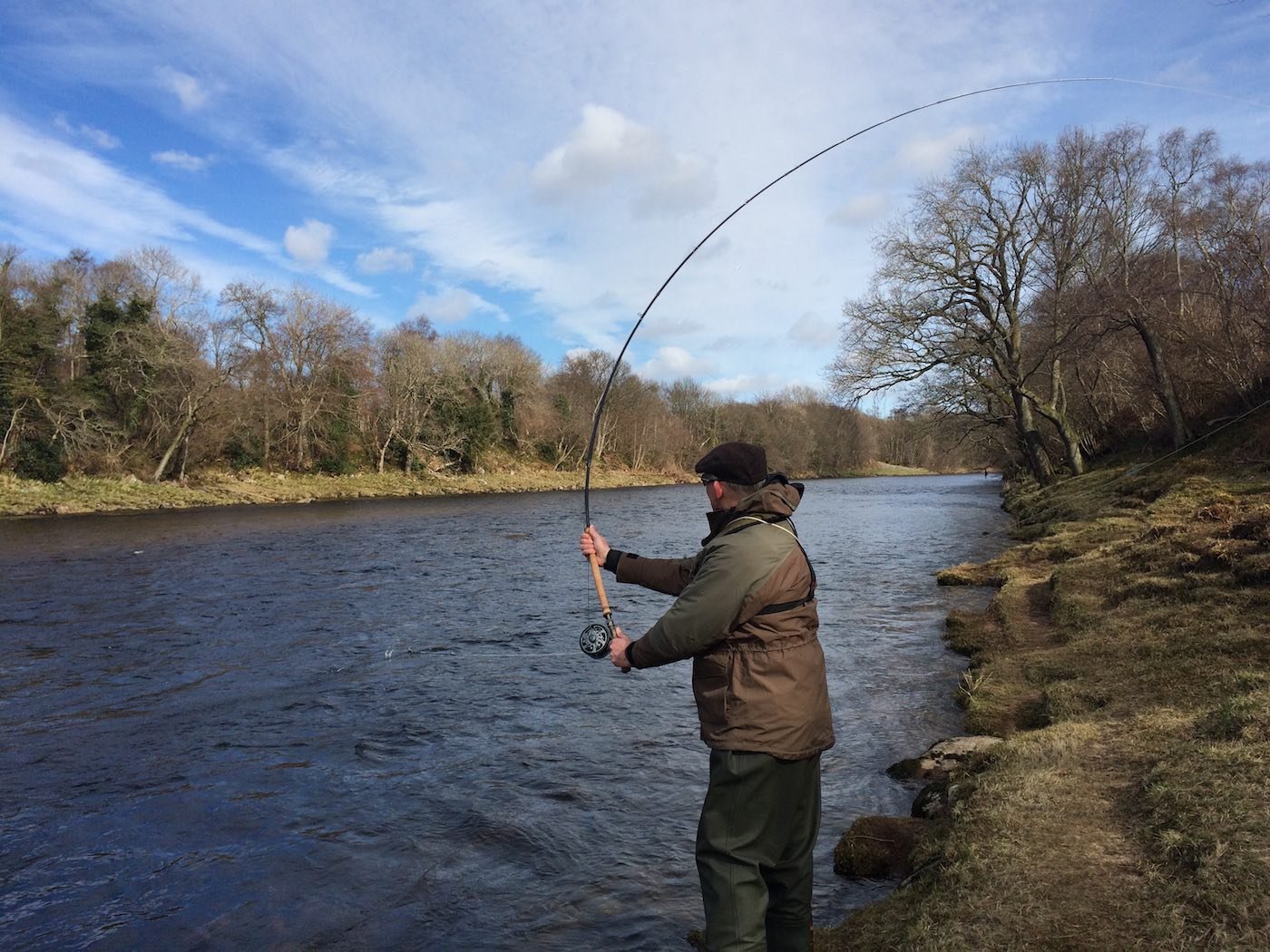Releasing a salmon safely back into the water ensures the survival of these magnificent fish and helps maintain healthy populations for future generations. Here are detailed steps on how to release a salmon safely, ensuring minimal stress and injury to the fish.

How to Safely Release a Salmon
Preparation Before Fishing
Use Barbless Hooks: Using barbless hooks makes it easier to release the fish and reduces injury. You can pinch the barbs down on your hooks or purchase barbless hooks.
Have the Right Gear: Use appropriate gear to handle salmon gently. This includes a soft, knotless landing net and pliers or a hook remover.
Plan Ahead: Have a plan for releasing the fish before you start fishing. This includes knowing the regulations and having all necessary equipment ready.
Hook and Play the Fish Properly
Minimize Fight Time: Play the fish quickly and bring it in as soon as possible. A prolonged fight exhausts the salmon, making recovery more difficult.
Use Proper Techniques: Use a steady, gentle pressure when reeling in the salmon. Avoid jerking or harsh movements.
Keep the Fish in the Water: Whenever possible, keep the fish in the water during the entire process of unhooking and releasing. This reduces stress and potential injury.
Handling the Fish
Wet Your Hands: Before touching the salmon, wet your hands to prevent removing the fish’s protective slime coat, which protects it from disease and parasites.
Support the Fish: If you need to lift the fish, support it gently under the belly and hold it horizontally. Avoid squeezing or placing your fingers near the gills.
Avoid Lifting by the Tail: Never lift a salmon by its tail as this can cause serious injury to its spine and internal organs.
Removing the Hook
Be Quick and Gentle: Use pliers or a hook remover to quickly and gently remove the hook. If the hook is deeply embedded, it’s often better to cut the line close to the hook and leave it in place, as attempting to remove it can cause more damage.
Use Barbless Hooks: If you’re using barbed hooks, consider switching to barbless hooks to make removal easier and safer for the fish.
Reviving the Fish
Hold in the Water: Hold the salmon upright in the water, facing into the current. This allows water to flow through its gills, helping it to breathe and recover.
Move Gently: Gently move the fish back and forth to ensure water flows over its gills if there is no current. This helps oxygenate the fish and aids in its recovery.
Wait for Strength: Wait until the fish has regained its strength and is able to swim away on its own. This can take a few minutes, so be patient.
Monitoring the Release
Watch for Signs of Recovery: Look for signs that the salmon is recovering, such as strong swimming movements and a steady, upright position.
Release Gently: When the fish shows signs of recovery, gently release it by opening your hands or lowering your net. Allow the salmon to swim away on its own.
Post-Release
Avoid Immediate Re-Catching: Avoid fishing in the same spot where you just released the salmon. Give the fish a chance to fully recover and move away from the area.
Report Tagged Fish: If you catch a tagged salmon, record the tag number, location, and any other relevant information, and report it to the appropriate fisheries authorities.
Conclusion
Releasing a salmon safely back into the water is a responsible practice that helps sustain fish populations and ensures the health of the ecosystem. By following these steps, you can minimize stress and injury to the fish, increasing its chances of survival. Proper preparation, gentle handling, and careful release techniques are key to ensuring that the salmon you release can thrive and continue its journey.


